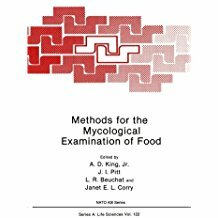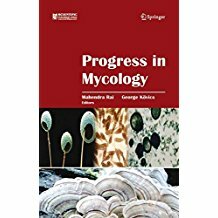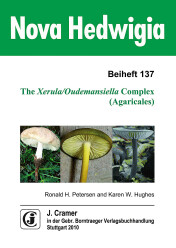Methods for the Mycological Examination of Food (1986)-King Jr., A.D., Pitt, J.I., Beuchat, L.R., Corry, J.E.L.
2 576,36 Kč
původní cena
2 529,09 Kč vč. DPH
2 529,09 Kč bez DPH
|
Country | % VAT (books) | % VAT | |
|---|---|---|---|
| DEU | 7 | 19 | |
| HUN | 5 | 27 | |
| AUT | 10 | 20 | |
| BEL | 6 | 21 | |
| BGR | 9 | 20 | |
| DNK | 25 | 25 | |
| EST | 9 | 20 | |
| FIN | 10 | 24 | |
| FRA | 5,5 | 20 | |
| HRV | 5 | 25 | |
| IRL | 0 | 23 | |
| ITA | 4 | 22 | |
| CYP | 5 | 19 | |
| LTU | 9 | 21 | |
| LVA | 5 | 21 | |
| LUX | 3 | 16 | |
| MLT | 5 | 18 | |
| NLD | 9 | 21 | |
| POL | 5 | 23 | |
| PRT | 6 | 23 | |
| ROU | 5 | 19 | |
| GRC | 6 | 24 | |
| SVK | 10 | 20 | |
| SVN | 5 | 22 | |
| ESP | 7 | 21 | |
| SWE | 6 |
25 |
Cena platí pouze pro české zákazníky. Vzhledem k novému nařízení Evropského parlamentu musí být konečná cena od 1. července 2021 kalkulována podle země konečného určení. Platnou sazbu DPH ve vaší zemi naleznete v tabulce výše.
https://ec.europa.eu/taxation_customs
Záruka (měsíce): 24
Dostupnost: Do 14 dnů
The desirability, indeed the necessity, for standardization of methods for the examination of foods for contaminant and spoilage mycoflora has been apparent for some time. The concept of a specialist workshop to address this problem was borne during conversations at the Gordon Research Conference on "Hicrobiological Safety of Foods" in Plymouth, New Hampshire, in July 1982. Discussions at that time resulted in an Organizing Committee of four, who became the Editors, and a unique format: all attendees would be expected to contribute and, in most cases, more than once; and papers in nearly all sessions would be presented as a set of data on a single topic, not as a complete research paper. Each session would be followed by general discussion, and then a panel would formulate recommendations for approval by a final plenary session. The idea for this format was derived from the famous "Kananaskis I" workshop on Hyphomycete taxonomy and terminology organized by Bryce Kendrick of the University of Waterloo, Ontario in 1969. Attendance would necessarily be limited to a small group of specialists in food mycology. The scope of the workshop developed from answers to questionnaires circulated to prospective participants. To generate new data which would allow valid comparisons to be drawn, intending participants were given a variety of topics as assignments and asked to bring information obtained to the workshop.
ISBN: 978-1-4684-8455-7
328 pages, 14 b/w illustrations, softcover
 čeština
čeština




